Have you ever met a dog who seems to have endless energy, no matter how many walks you take? It’s a surprising fact: many popular dog breeds need far more exercise than most people expect. You might think a couple of strolls around the block will tire them out, but for these high-octane pups, that’s just the warmup. Too little activity can make them bored, anxious, or even destructive. If you’re a dog lover—or thinking about adding a four-legged tornado to your family—get ready to discover which breeds are hiding a turbo engine under all that fur. Some of these might even shock you!
Border Collie
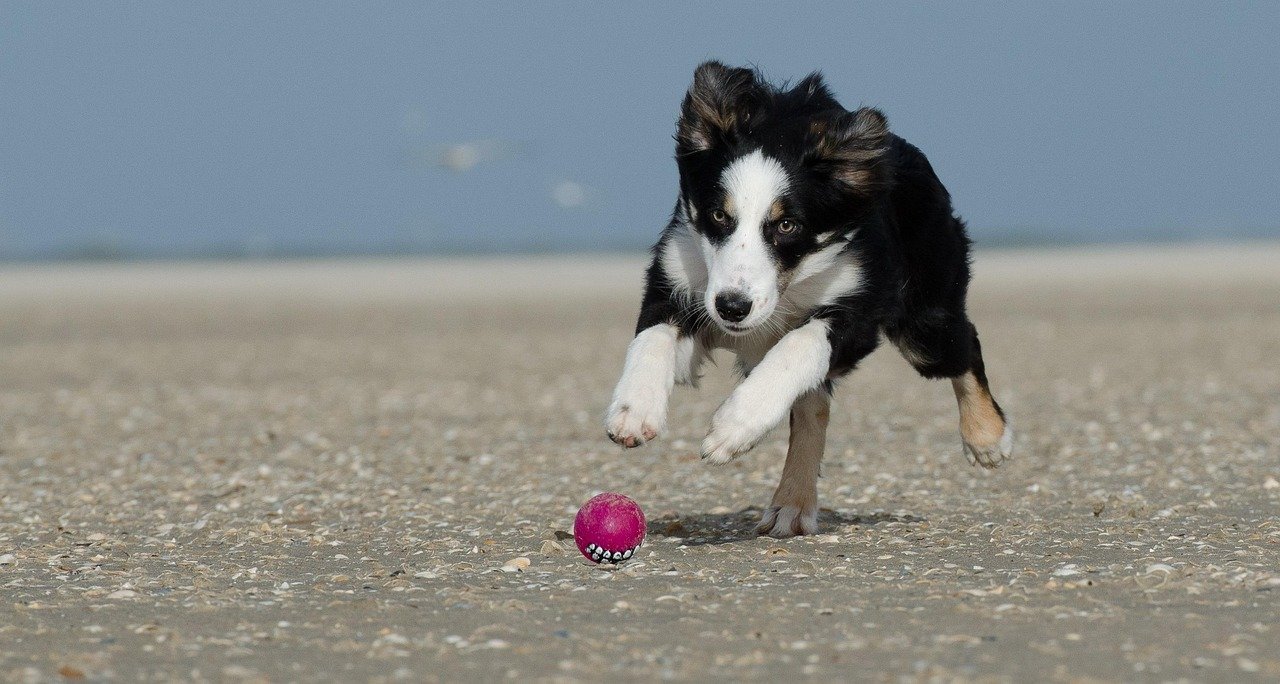
Border Collies are widely considered the Einstein of the dog world, but their brains are matched only by their boundless energy. These herding dogs were bred to work for hours, moving sheep across rough countryside, and their stamina is nothing short of legendary. A simple walk won’t cut it; Border Collies need vigorous daily exercise and mental challenges, like agility courses or herding games.
Without enough activity, Border Collies can become frustrated and develop bad habits, such as obsessive barking or chewing. If you’ve ever watched one chase a frisbee for hours or herd children at the park, you’ll understand their drive. Living with a Border Collie means embracing an active lifestyle and always having a new game or task up your sleeve.
Siberian Husky
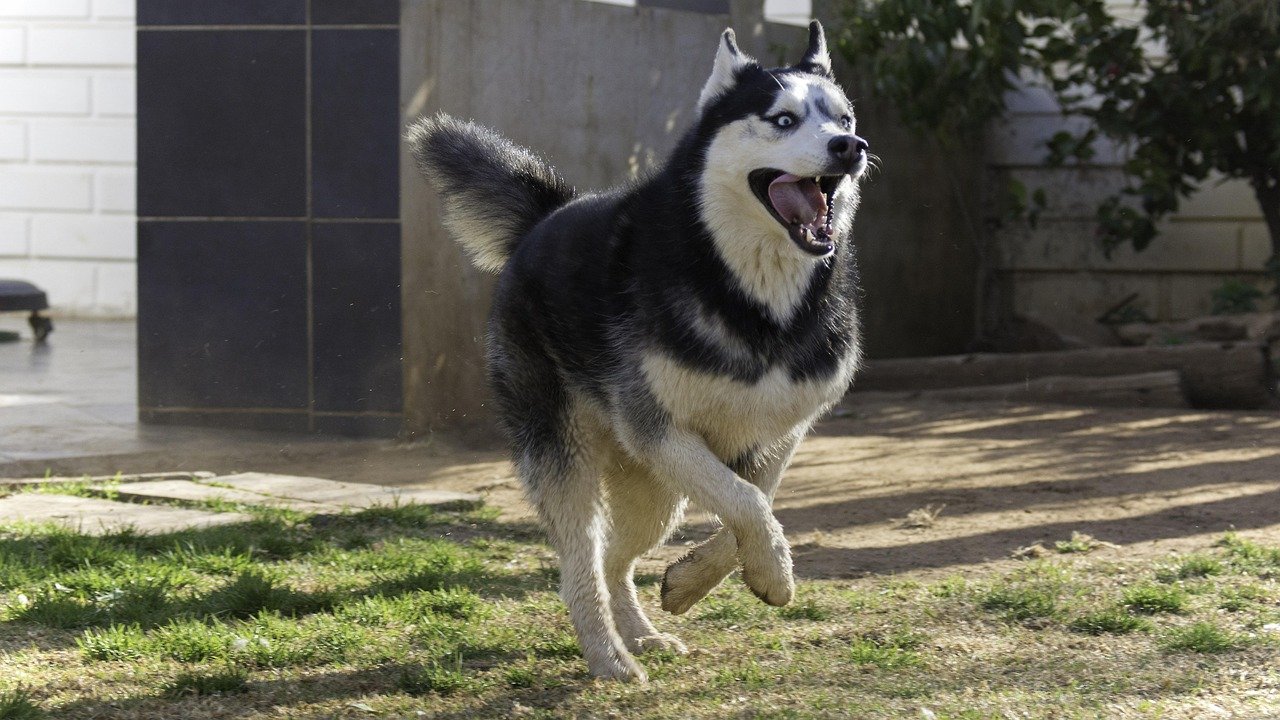
Siberian Huskies are famous for pulling sleds across the frozen tundra, and their athleticism is built into every muscle. These dogs are born to run, often covering dozens of miles in a single day when working. If you only have time for a quick morning walk, a Husky will quickly become restless—and possibly destructive.
Even in a suburban backyard, Huskies need daily runs, long hikes, or vigorous play sessions. Without enough stimulation, they are notorious escape artists, digging under fences or jumping over them in search of adventure. If you want a Husky, prepare to become an outdoor enthusiast and a master at keeping them entertained.
Australian Shepherd

Australian Shepherds may look fluffy and cuddly, but under that soft coat is a powerhouse of energy. Bred to herd livestock across vast ranges, these dogs need much more than casual exercise. Regular walks barely scratch the surface; Aussies crave challenging activities like agility, flyball, or even farm work.
Aussies are happiest with a job to do, and they’ll invent their own if you don’t provide one. Without enough exercise, they can become hyperactive, anxious, or destructive. These clever canines thrive in active households and love participating in any adventure you throw their way, from mountain hikes to long-distance runs.
Belgian Malinois
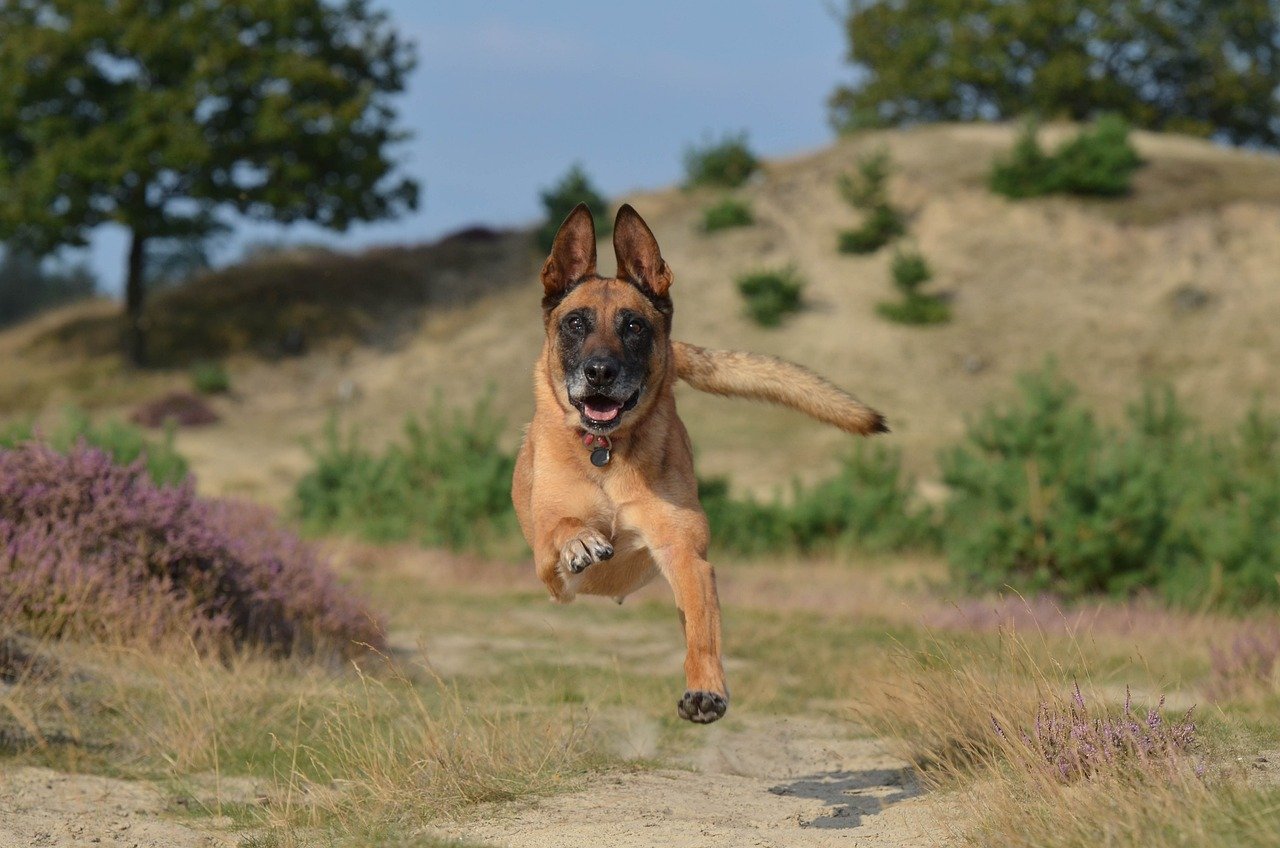
The Belgian Malinois is a breed often chosen for police and military work—and for good reason. Their intensity and drive are second to none. These dogs aren’t just energetic; they’re relentless, needing both physical and mental challenges every single day. For a Malinois, a couple of walks or a game of fetch won’t be enough.
If they don’t get enough exercise, Malinois can develop behavioral problems, from chewing through furniture to constant pacing. They need advanced training, obstacle courses, or scent games to keep their minds and bodies satisfied. Owning a Belgian Malinois is a commitment to high-level exercise and engagement, every day.
German Shorthaired Pointer
The German Shorthaired Pointer is a sleek, athletic dog built for endurance. These pointers were bred to run for miles during hunting trips, tracking birds across wide-open fields. If you’re a jogger or cyclist, this breed will happily match your pace—and then some.
A bored GSP will find ways to amuse itself, often at the expense of your garden or shoes. To keep them happy, plan for daily runs, off-leash play, or scent-tracking games. Their boundless enthusiasm and stamina make them perfect for active families, but a sedentary lifestyle just won’t work for these lively pups.
Jack Russell Terrier
Don’t let their small size fool you—Jack Russell Terriers are dynamos in a little package. Originally bred to hunt foxes, they have incredible stamina and a fearless, adventurous spirit. A quick walk is hardly enough to satisfy their need for action.
Jack Russells excel at agility, fetch, and digging games (watch out for your backyard!). If they don’t get sufficient exercise, they can become stubborn, bark excessively, or turn to destructive chewing. These terriers thrive with owners who love interactive play and plenty of outdoor time.
Labrador Retriever

Labrador Retrievers are one of the world’s most popular family dogs, but their exercise needs are often underestimated. Labs were bred as working dogs, retrieving game for hunters over long distances and swimming through cold waters. Their happy-go-lucky attitude masks a deep need for daily activity.
Without enough exercise, Labs can become overweight, bored, and mischievous. They love swimming, running, hiking, and fetching—anything that burns energy. If you want a calm, happy Lab, plan for at least an hour or two of rigorous activity every day.
Dalmatian
Dalmatians are instantly recognizable for their unique spots, but what’s less obvious is their need for intense exercise. Historically used as carriage dogs, they would run alongside horses for miles, protecting their owners. Today, a quick stroll around the block isn’t nearly enough.
Dalmatians thrive on running, agility, and long hikes. Without these outlets, they can become high-strung and destructive, developing quirky habits like incessant pacing or barking. A Dalmatian’s energy level makes them best suited for families who love to be on the go.
Weimaraner
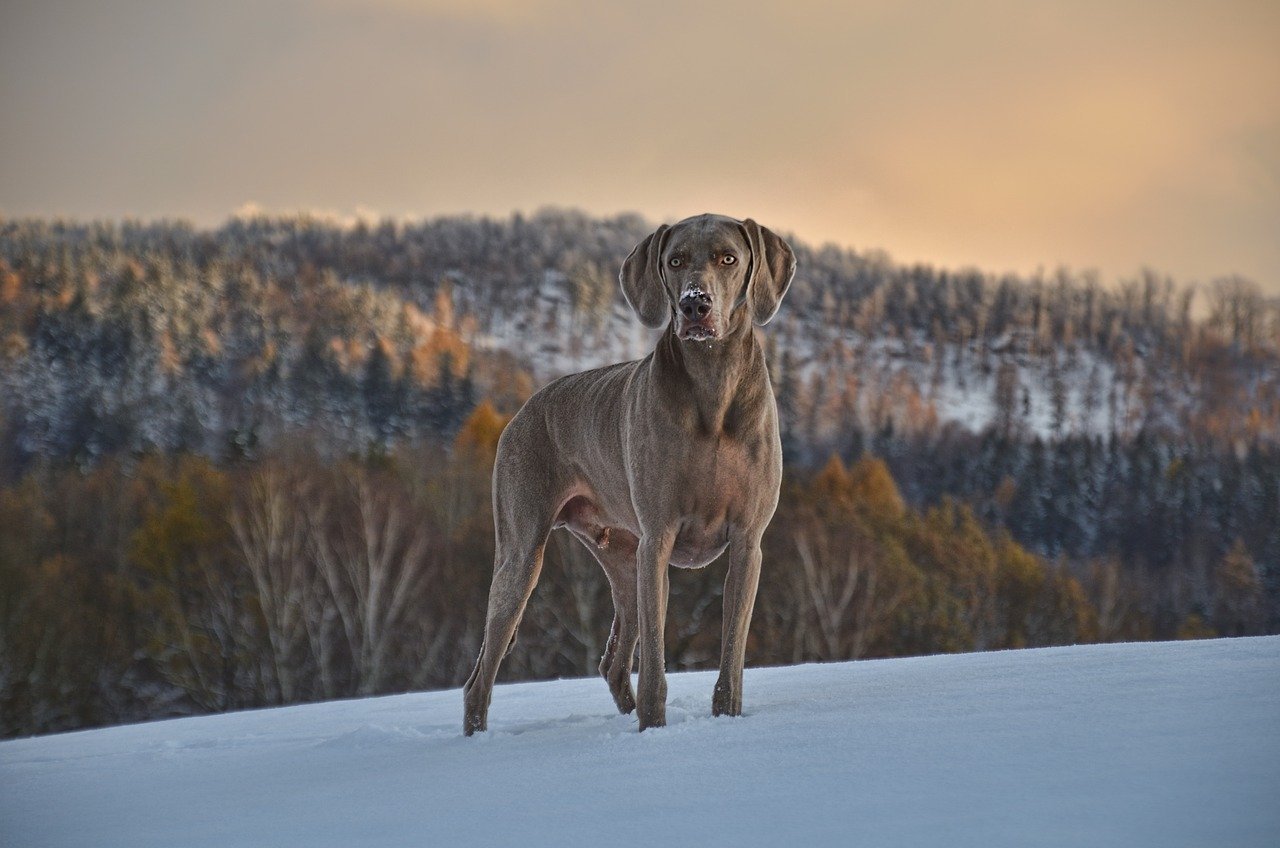
With their striking silver coats and piercing eyes, Weimaraners are both beautiful and athletic. Originally bred for hunting large game, these dogs have powerful bodies and unrelenting stamina. They need far more exercise than most people expect—think long runs, challenging fetch games, or advanced obedience training.
A bored Weimaraner is a recipe for trouble. They may become anxious, bark excessively, or even try to escape in search of excitement. If you want a devoted, happy companion, you’ll need to match their energy with plenty of daily adventure.
Vizsla
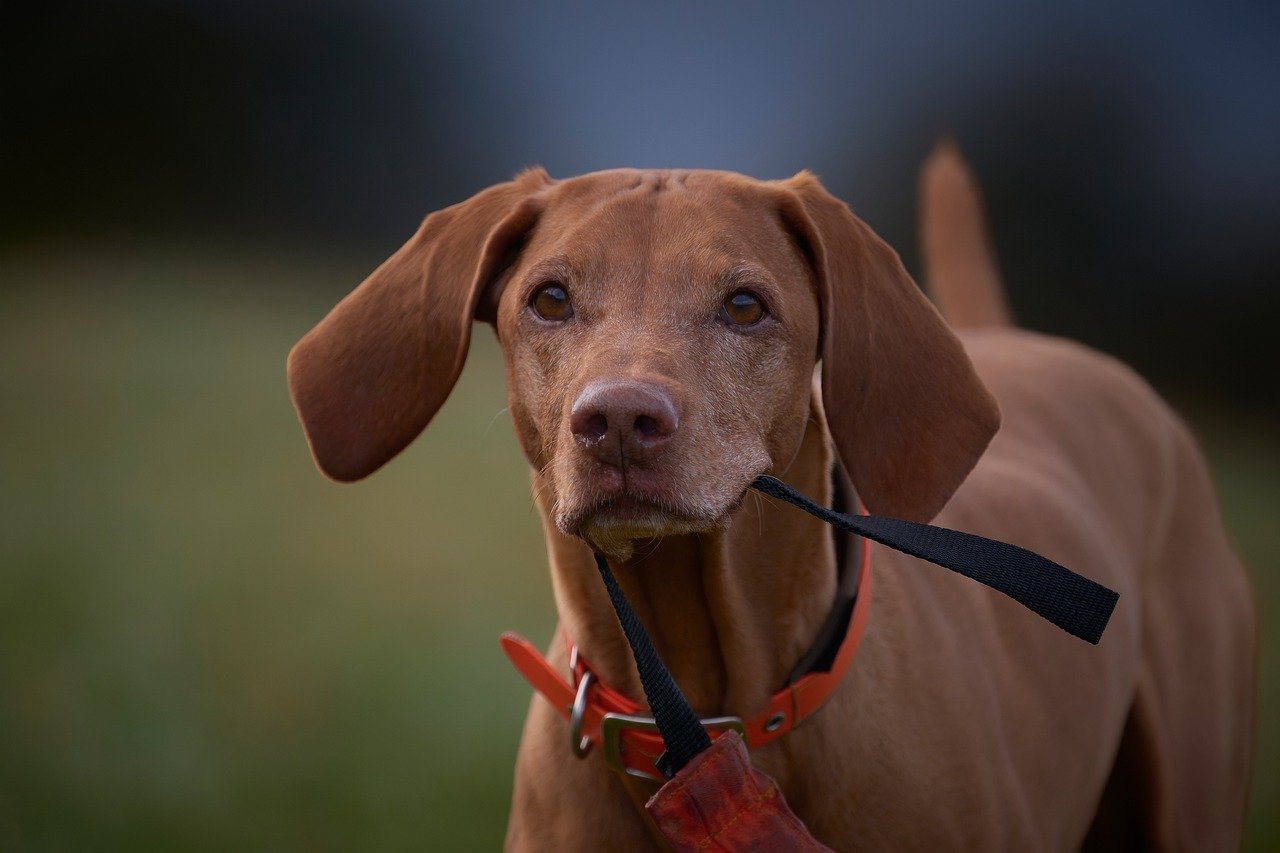
Vizslas are sometimes called “Velcro dogs” for how closely they bond with their humans, but they’re also known for their incredible athleticism. These Hungarian hunting dogs were bred for endurance, and they love to run, swim, and fetch for hours on end.
Without enough physical and mental stimulation, Vizslas can become restless and develop separation anxiety. They thrive in homes where they can join every activity and are happiest when running alongside their favorite people. If you have a Vizsla, get ready for a daily workout buddy who never says no.
Australian Cattle Dog
Australian Cattle Dogs, also known as Blue Heelers, are tough, hardworking dogs used for herding cattle over harsh terrain. Their energy and intelligence are off the charts, and they’re happiest with a job to do. A casual walk wouldn’t even come close to tiring them out.
If they don’t get enough exercise, these dogs can become willful and even destructive, chewing or digging out of boredom. Cattle Dogs love agility, herding trials, and fetch games that challenge both their bodies and minds. They need a family that’s as active as they are.
Boxer
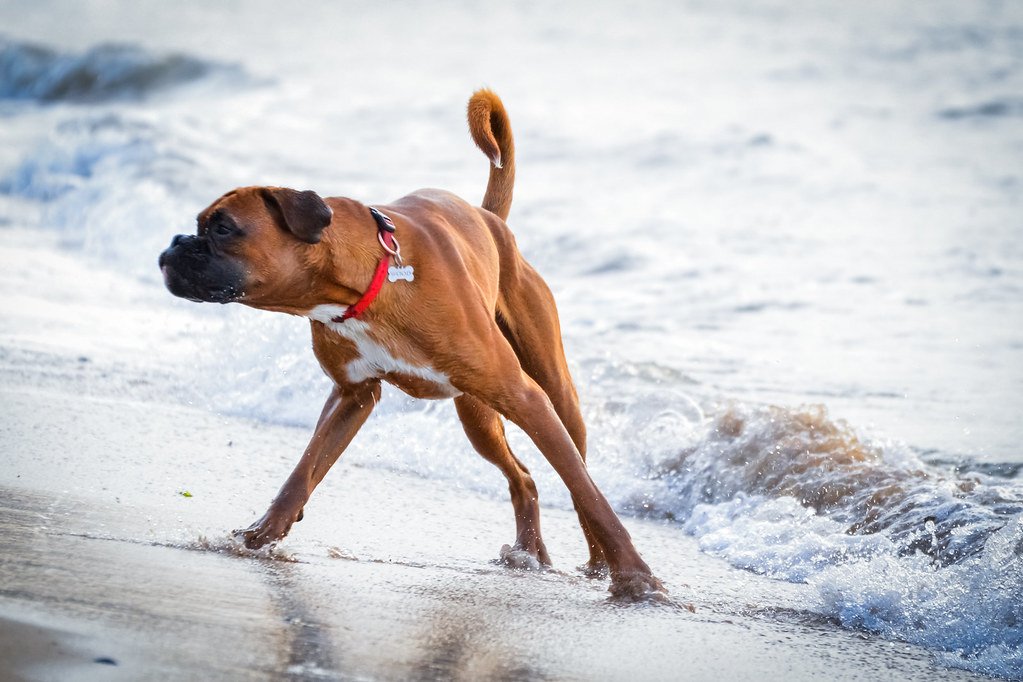
Boxers are goofy, playful, and full of life, but many people underestimate how much exercise they really need. Originally bred as working and hunting dogs, Boxers require more than just a backyard to burn off energy. They thrive on long walks, runs, and play sessions with plenty of variety.
A bored Boxer can become hyperactive and mischievous, often inventing their own games—sometimes at your furniture’s expense. They’re happiest when they’re included in family activities and given plenty of opportunities to run and play. If you want a calm Boxer, you’ll need to keep up with their playful spirit.
English Springer Spaniel

English Springer Spaniels are lively, affectionate dogs bred to flush game for hunters. They need much more exercise than their sweet faces suggest. Springers love running, swimming, and exploring new environments; their curiosity is matched only by their stamina.
Without enough physical and mental stimulation, Springers can become restless and develop problem behaviors like excessive barking or digging. They’re ideal for active families who love the outdoors and want a companion for all their adventures.
Rhodesian Ridgeback
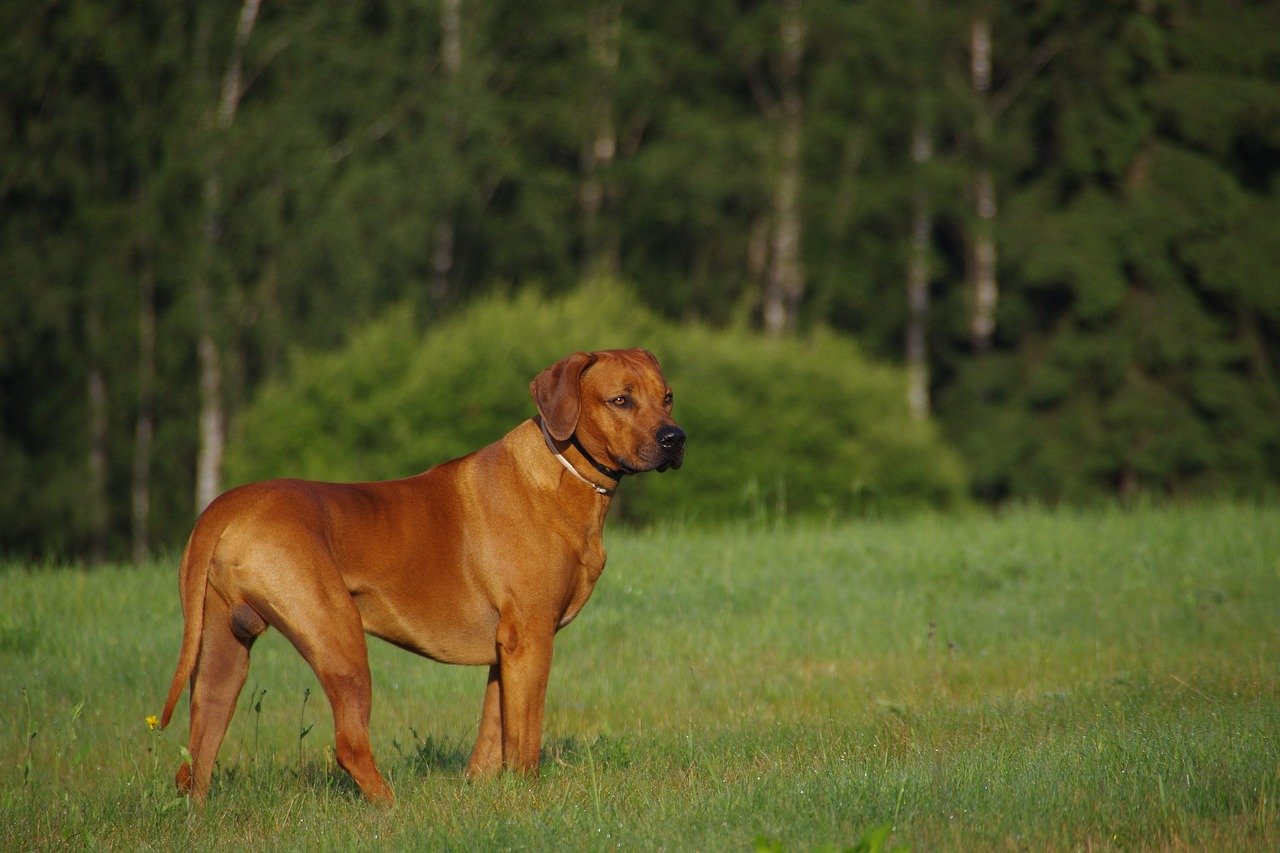
Rhodesian Ridgebacks are rugged, powerful dogs originally bred to hunt lions in Africa. Their strength and endurance are truly impressive, and they need much more exercise than many owners realize. A quick walk won’t do; these dogs need long, brisk outings and plenty of space to run.
Without enough activity, Ridgebacks can become bored and even stubborn, sometimes trying to assert dominance. They love running, hiking, and playing energetic games. If you’re looking for a loyal but demanding exercise partner, a Ridgeback won’t disappoint.
Standard Poodle

Standard Poodles might be known for their elegant appearance, but underneath those curls is a true athlete. Originally bred as hunting and retrieving dogs, Poodles are both intelligent and energetic. They need much more exercise than a daily stroll to stay happy and healthy.
Standard Poodles excel at swimming, agility, and advanced obedience games. Without enough stimulation, they can become bored and even develop anxiety or destructive behaviors. If you’re considering a Poodle, plan for plenty of playtime, learning, and outdoor adventure.
Many people fall in love with a dog’s appearance or temperament without fully realizing how much daily exercise that breed truly needs. The 15 breeds we’ve covered are energetic, driven, and often happiest when they have a job to do or space to burn off steam. Without enough physical and mental stimulation, these dogs can develop behavioral problems, anxiety, or destructive habits. Understanding and meeting their exercise needs is essential—not just for their health, but for a balanced and fulfilling life together. If you’re ready to match their energy with commitment, these high-drive breeds can be the most loyal and rewarding companions you’ll ever have.

Andrew Alpin from India is the Brand Manager of Doggo digest. Andrew is an experienced content specialist and social media manager with a passion for writing. His forte includes health and wellness, Travel, Animals, and Nature. A nature nomad, Andrew is obsessed with mountains and loves high-altitude trekking. He has been on several Himalayan treks in India including the Everest Base Camp in Nepal.





